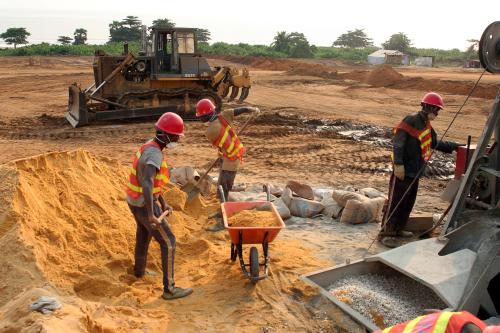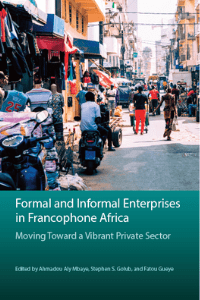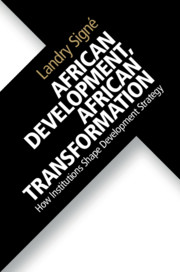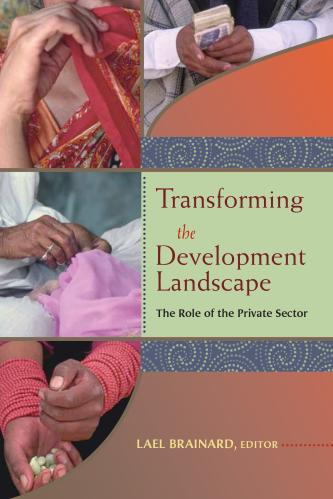This week’s figure of the week comes from the Africa Agriculture Status Report 2016, launched by the Alliance for a Green Revolution in Africa (AGRA) at the 2016 African Green Revolution Forum (AGRF), from September 5 to 9. Around 1,500 delegates from governments, development institutions, and global agricultural and financial firms convened for the forum in Nairobi, Kenya to catalyze investments and reignite partnerships with the private sector for African agricultural development. The Status Report, released on September 6, finds that many African economies are undergoing dramatic agricultural transformation—marked by higher agricultural productivity and a shift in the workforce from farming to off-farm sectors—as poverty rates are also falling in some countries in the region. Notably, the figure illustrates that poverty reduction is highly correlated with agricultural growth (light green indicators) notwithstanding a few outlying countries[1] (red indicators).
Changes in annual agricultural productivity per agricultural person and annual changes in poverty rates, 2000-2013, various African countries

The report further emphasizes the immense need for capital and financing to accelerate agricultural productivity growth throughout the continent. According to the African Development Bank, $315 billion-400 billion will be needed in the next decade in order to implement the continent’s agricultural transformation agenda. At this week’s AGRF, delegates are working toward meeting the financing needs of the continent under the “Seize the Moment” campaign, which hopes to raise the profile of African agriculture as an engine of inclusive growth to the economy.
Supporters maintain that the Africa Green Revolution Forum is an important symbol of the world’s commitment to keep the issue of food insecurity on high political, economic, and social agendas. They state that the forum and its efforts continue to inspire those who have dedicated their lives to eradicating world hunger and poverty by giving them an end in sight. In a guest column for AllAfrica this week, Kofi Annan, chair of the Kofi Annan Foundation and former United Nations Secretary-General, stated that “working together—across sectors and disciplines—we can make hunger history … For the first time in human history, the end of hunger is within our reach.”
Tor Syvrud contributed to this post.
[1] While it is generally well established that agricultural productivity growth does contribute to the reduction of poverty in areas where most of the workforce is still engaged in agriculture, this relationship is conditioned by numerous factors, including the initial distribution of productive assets that determines the degree to which agricultural productivity growth is inclusive and that, in turn, governs the strength of subsequent income and employment multipliers (Johnston & Kilby, 1975; Lipton, 2005; Mellor, 1976; Vollrath, 2007).










Commentary
Figure of the week: African Green Revolution Forum highlights linkages between agricultural growth and poverty reduction
September 8, 2016